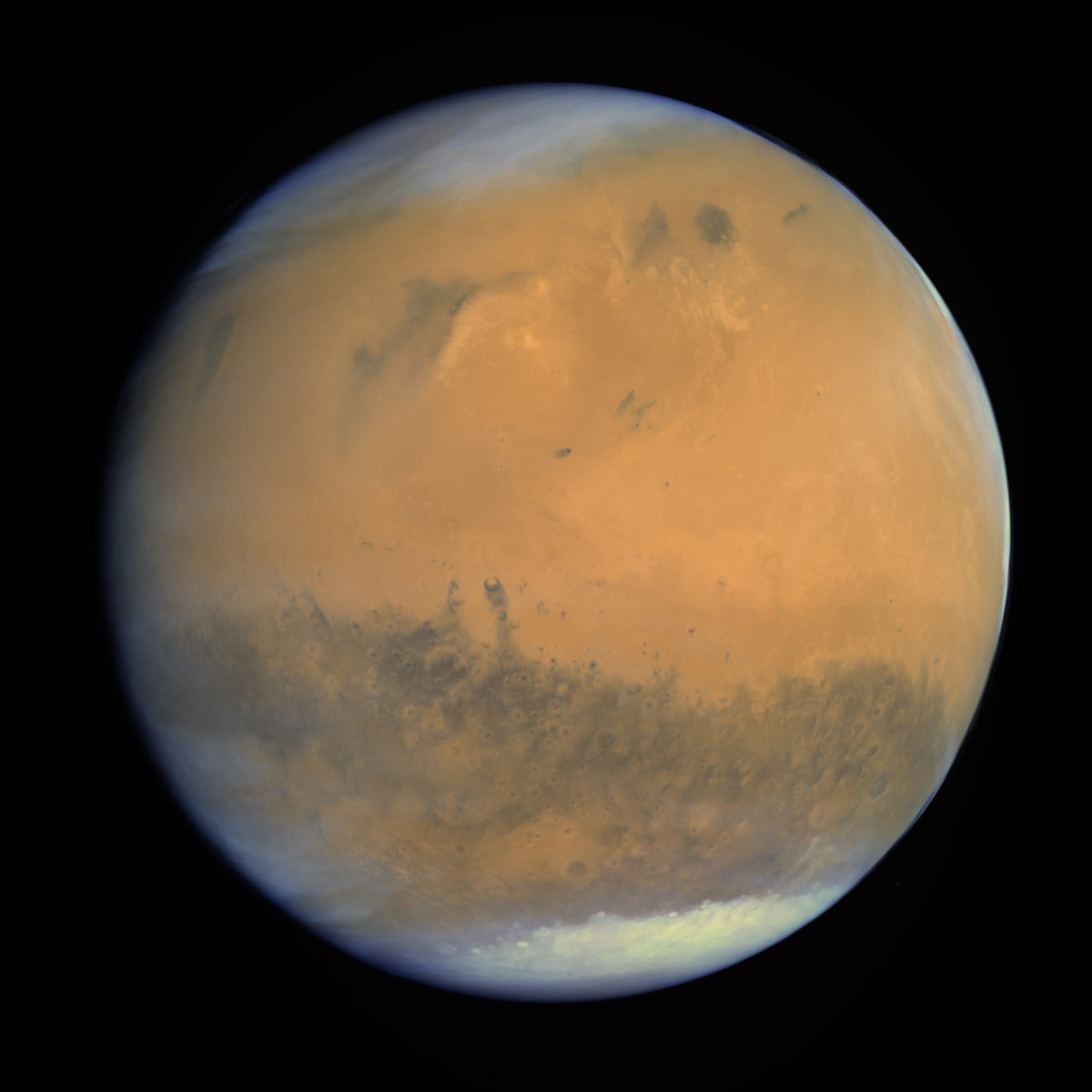All
All
Stories, updates, insights, and original analysis from The Planetary Society.
Quick Rosetta update: Churyumov-Gerasimenko is a contact binary!
I could not wait to post these amazing new images of comet Churymov-Gerasimenko from Rosetta. The nucleus of the comet is clearly a contact binary -- two smaller (and unequally sized object) in close contact.
Rosetta’s comet is starting to take shape
A new animation of 67P/Churyumov-Gerasimenko captured by the Rosetta spacecraft shows the comet rotating.
Rosetta completes another rocket burn, spies decreasing activity on comet
Rosetta has now completed its three largest rendezvous burns as it approaches ever closer to comet 67P/Churyumov-Gerasimenko. Beginning on July 2, Rosetta will now conduct weekly burns, through August 6. Meanwhile, the cometary activity of April and May has quieted again, leaving the comet looking smaller than it did before.
Rosetta update: Both "big burns" completed successfully
Rosetta is now in the final phase of its approach to comet 67P/Churyumov-Gerasimenko after a decade-long journey. The two largest burns have now succeeded, and Rosetta reported this morning via Twitter that the second burn was close to perfect.
Pretty pictures: Rosetta's comet is now acting like one!
New photos from ESA's comet-chaser show its destination comet, 67P/Churyumov-Gerasimenko, developing a coma.
Rosetta update: Final orbit matching phase has begun
Rosetta is in the final stage of its approach to comet 67P Churyumov-Gerasimenko. Yesterday, the spacecraft successfully performed the first of ten burns it needs to match velocity with the comet.
Rosetta update: Instrument commissioning going well; Philae cameras activated
Rosetta and Philae have very nearly completed a six-week phase of spacecraft and instrument checkouts to prepare the mission to do science. Recently, the lander used its cameras for the first time since hibernation, producing some new photos of Rosetta in space.
Comet spotted! Rosetta's first sight of Churymov-Gerasimenko since wakeup
Rosetta has turned on its cameras and sighted its comet for the first time since waking from hibernation. Next activity: waking the Philae lander.
The Very Large Telescope sights Rosetta's comet target, sees activity beginning
Rosetta's comet target, 67P/Churyumov-Gerasimenko, has emerged from behind the Sun as seen from Earth, and the Very Large Telescope has photographed it. The new images show that cometary activity has already begun as Rosetta approaches for its August rendezvous.
Rosetta update from mission control
We spoke with (a slightly tired but hugely happy) Rosetta Spacecraft Operations Manager Andrea Accomazzo earlier this afternoon and he reports the spacecraft is doing fine!
Rosetta is awake!
It was a tense half an hour for Rosetta fans all over the world as we waited for a spike in a graph to inform us that Rosetta had awoken from a 31-month slumber to phone home.
What's up in planetary missions in 2014
With the New Year upon us, what can we look forward to in 2014? For me, the main event of 2014 is that ESA's Rosetta mission finally -- finally! -- catches up to the comet it has been chasing for a decade. We will lose LADEE, gain two Mars orbiters, and launch Hayabusa2. The year begins with an amazing 24 spacecraft exploring or cruising toward various planetary destinations.
Cometary Science at EPSC
Recently, almost a thousand researchers gathered in London for Europe’s annual meeting of planetary scientists. Here's a report from one session on cometary science.
A forgotten image of Earth and the Moon
While researching another story, I came across an image I don't remember ever seeing before, of a moonrise from an unexpected source.
One of my favorite space images of all time: Rosetta was here
A conversation on Twitter today reminded me of this photo, which is one of my all-time favorite space images: the view from Rosetta during its Mars flyby.
My ever-popular asteroids-and-comets montage, now in color, with bonus Toutatis
My collage of all the asteroids and comets visited by spacecraft is probably the single most popular image I have ever posted on this blog. I've now updated it to be in color and to include Toutatis.
DPS 2012, Day 5: How to make asteroids crunchy on the outside and soft in the middle
A summary of just one talk from the Division for Planetary Sciences meeting, by Lindy Elkins-Tanton, which provided a neat explanation for how asteroids can be melted and layered on the inside yet have a primitive-looking exterior.
Steins, a jewel in the asteroid belt
A notice of some new names for features on asteroid 2867 Steins inspired me to dig up the data set from the September 5, 2008 Rosetta flyby and explore it to see what it contained.
Pretty Pictures: Amazing Asteroid Lutetia
A long-awaited data set is finally public (well, long-awaited by me, at least). The Rosetta team has now published their data from the July 10, 2010 flyby of asteroid (21) Lutetia. This data set is absolutely stunning, and my friends in the amateur image processing community wasted no time in creating art out of it.
At last: Rosetta's Mars flyby photos have been released!
On February 24, 2007, the Rosetta spacecraft passed by Mars, the second of four planetary gravity-assist flybys on its long route to a 2014 rendezvous with comet Churyumov-Gerasimenko. At the time, they released two photos from the main science camera, OSIRIS.


 Explore Worlds
Explore Worlds Find Life
Find Life Defend Earth
Defend Earth


 Sun
Sun Mercury
Mercury Venus
Venus Earth
Earth Mars
Mars Jupiter
Jupiter Saturn
Saturn Uranus
Uranus Neptune
Neptune Small Bodies
Small Bodies













![Asteroids and comets visited by spacecraft as of December 2012, in color, excepting Vesta [DEPRECATED]](https://planetary.s3.amazonaws.com/web/assets/pictures/_1200x1200_crop_center-center_82_line/130437/20121218_asteroids_comets_sc_0-000-100_2012_color_brightened.jpg)



